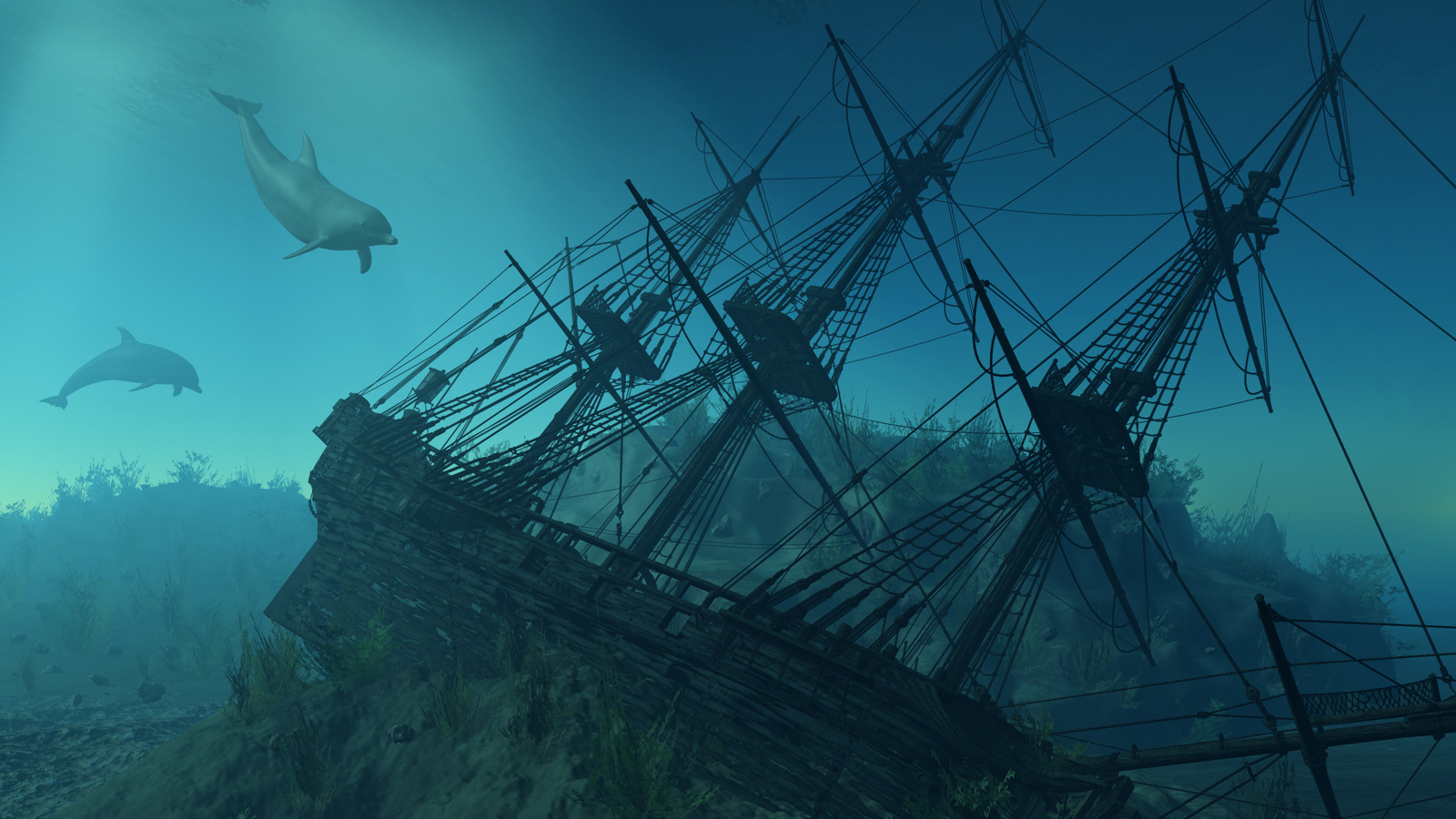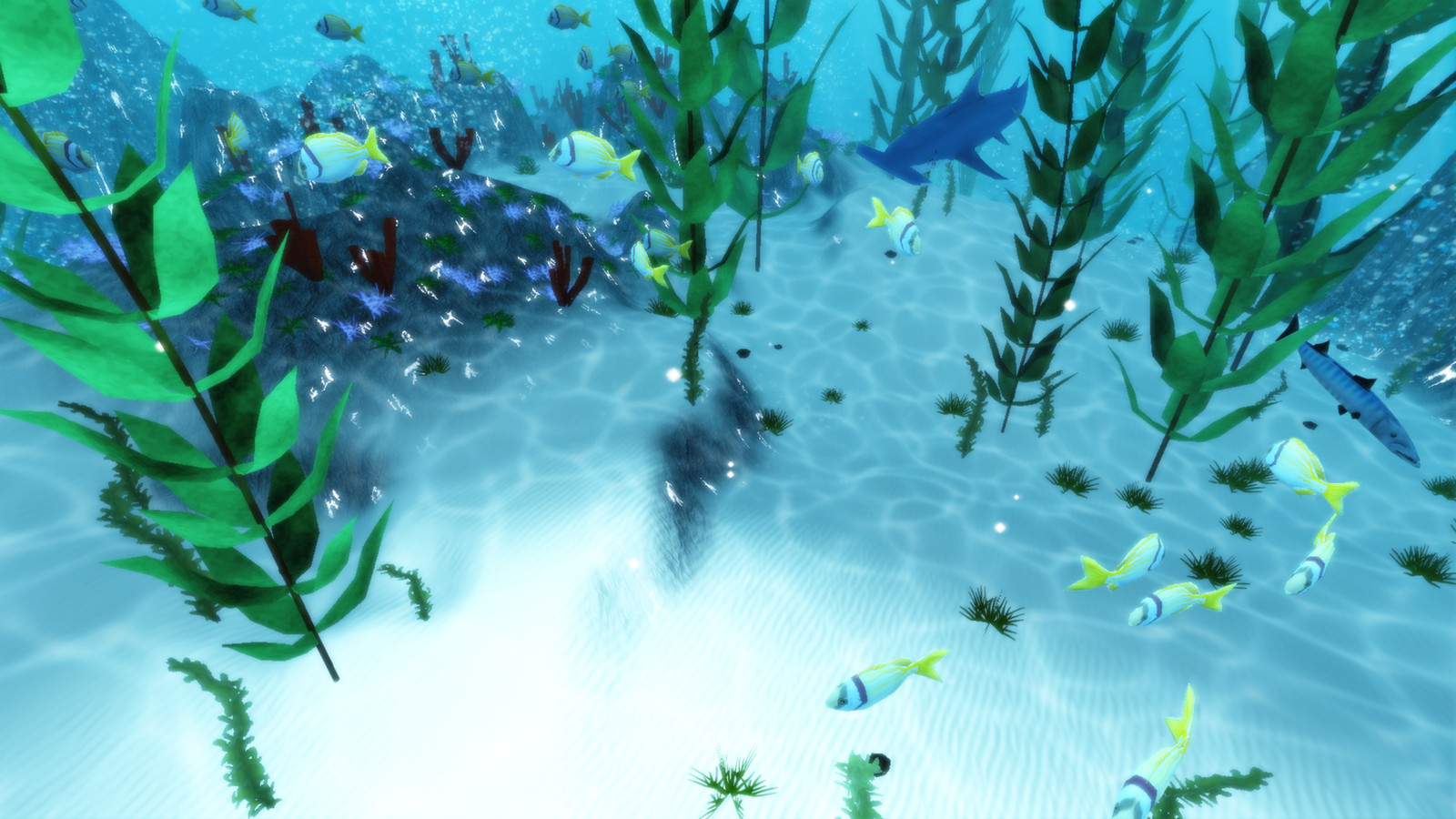

That clearly makes it worth studying, but scientists can’t currently detect it. Yet while steel serves well for all kinds of particle-physics experiments, lead reigns supreme in the search for dark matter.ĭark matter makes up 83 percent of all the stuff in the universe. Not only is it minimally radioactive, but it’s remarkably cheap. Low-background steel can be made in a sealed environment, often at considerable cost, but otherwise the best source is decommissioned warships, built before the Trinity test created a glassy scar in New Mexico’s earth. Test-ban treaties mean the world is less artificially radioactive today, but it is still radioactive enough for particles to sneak into steel. This infused the final product with radiation, making it unsuitable for many physics experiments. The atomic age had begun, and with each subsequent nuclear fireball, more radioactive fallout was sprinkled over the world.ĭuring the Cold War, that radioactive atmospheric contamination got effortlessly sucked into blast furnaces when steel was made, Duffy says. on July 16, 1945, the first-ever nuclear-device detonation took place in the Jornada del Muerto desert, in New Mexico. That steel frequently came from decommissioned warships, many of which existed around the time of, or served in, the Second World War or the Korean War, including the Astoria, the Roanoke, the Wasp, the Philippine Sea, and the Baltimore. Take steel: It’s an excellent shield from intruding vagabond particles-so much so that Fermilab, a particle-physics and accelerator laboratory in Illinois, has used tons of it in the past few decades to shield its own experiments, says Valerie Higgins, Fermilab’s historian and archivist. “If you’re building a Geiger counter, you need the Geiger counter to not pick up on itself,” he says. There is no agreed-upon standard for what constitutes a low-background material, but, based on the sensitivity to an experiment’s background radiation, it’s clear what level’s needed, says Alan Duffy, an astrophysicist at the Swinburne University of Technology. Shipwrecked lead belongs to a class of items known as low-background materials, which have very low levels of intrinsic radioactivity. This ancient lead, then, is helping humanity unlock the secrets of the universe-but obtaining it often presents practical and ethical uncertainties. Particle-physics experiments look for the most fundamental building blocks of the cosmos, including dark matter, an as-yet unseen substance that acts like glue within and between galaxies. The best source of such lead just so happens to be sunken ships, some of which have been corpses near coastal waters for as long as two millennia. Just a few inches of lead can shield detectors from all kinds of rogue radiation, and one of the best ways to block sneaky, unwanted particles is to surround them with lead that itself is barely radioactive.

Even the experiments themselves, built from all kinds of metals, have lightly radioactive components. Should the particles from their decay hit the detectors of particle-physics experiments, they could give scientists false positives and dig potholes on the road to scientific discovery. “It’s sort of like gold dust,” Ghag says.įorget plutonium: Plenty of everyday objects, from ceramics and glass to metals and bananas, are radioactive, to varying degrees. For particle physicists, that makes it exceptionally valuable. Having sat deep underwater since before the United States of America was born, its natural radioactivity has decayed to a point where it’s no longer spitting out particles. Lead is mined and refined all over the world, but that centuries-old lead, sitting in a shipwreck, has a rare quality. Now that sunken lead was being offered to any physics laboratory willing to pay 20 euros per kilogram-a fairly high price-for it. It was low: just what Aldo Ianni, the then-director of the Canfranc Underground Laboratory, was hoping for. Calaprice obtained a few samples of this lead and sent it off to Spain, where a lab buried within the Pyrenees tested its radioactivity.

The year before, an emeritus professor at Princeton University, Frank Calaprice, had learned of old Spanish ships that had sunk off the New Jersey coast 400 or 500 years ago, while carrying a cargo of lead. In 2017, Chamkaur Ghag, a physicist at University College London, got an email from a colleague in Spain with a tempting offer.


 0 kommentar(er)
0 kommentar(er)
